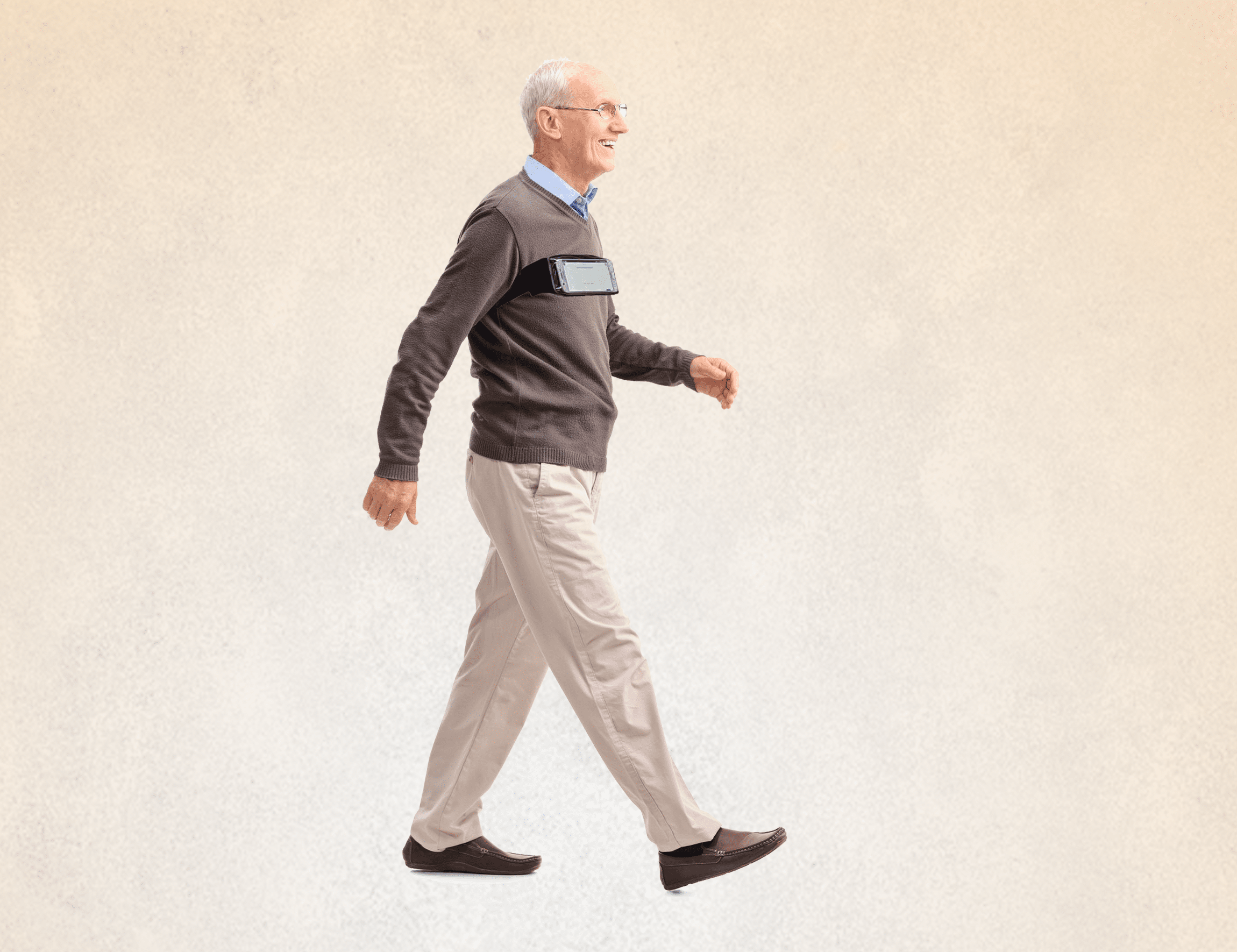The world of medical research and clinical trials is always evolving. Safe to say, there have been groundbreaking discoveries in recent years prompting researchers to adopt the latest methods to finding the right medical solutions. When it comes to tracking treatments for neurodegenerative diseases, it can be safely argued that passive monitoring is not only a viable option but a great learning opportunity for researchers. At present, the treatments offered mostly focus on subduing symptoms for patients.

Scientists have found that most neurodegenerative diseases start years before a person can even begin to suspect them. Because the condition hasn’t even entered the early stages then, patients cannot start treatment and doctors cannot possibly diagnose someone who seems healthy. Simply put, there isn’t enough information available for health care professionals to differentiate.
Why real-world data from passive monitoring is much needed
With real-world data from passive monitoring, health care professionals are offered the insights they need for the next big discovery. However, they must be cognizant when it comes to recommending such devices. It should be noted that without proper patient acceptance, feasibility, and usability testing, passive monitoring cannot yield an optimal level of results. Moreover, keeping a close eye on the operational efficiency is also directly related to the treatment of these endpoints. Patient engagement and compliance are two of the most important things that need to be catered to. Regardless, the data collected is rather in abundance and rich with ample variances making it harder to speed up the process.
The sensors within in-home monitoring systems need at least some extent of interaction. Thus, the clinical trials conducted are yielding mind-blowing results. In that, they are paving the pathway to the approval of new therapies and treatments based on the evaluation of certain factors.
What’s expected? The future of clinical trials
It cannot be denied that passive monitoring has assumed a significant space for itself in the world of clinical trials. With recent strides in AI technologies, there is a lot of hope surrounding the greater adoption of these technologies by volunteers. These technologies are constantly being streamlined through important features such as accelerometers and photoplethysmography sensors.
They are most commonly found in wearables; for instance, to track the level of oxygen in the blood. The great part is that more people are exhibiting a willingness to try them out now than ever before. In turn, there’s a greater chance for sponsors to show interest as well.
So, it isn’t just the rapid adoption of biosensors and other digital devices that are leaning in the favor of passive monitoring. Rather, new analytical technologies are also adding to greater efficiency. The two combined are used for approvals, medicinal insight and even product development.
Today, some of the best medical research firms are investing in passive monitoring technology to find possible treatments without having to wait for years or even decades. Needless to say, this form of continuous monitoring provides significantly more valuable results compared to the traditional variety.



